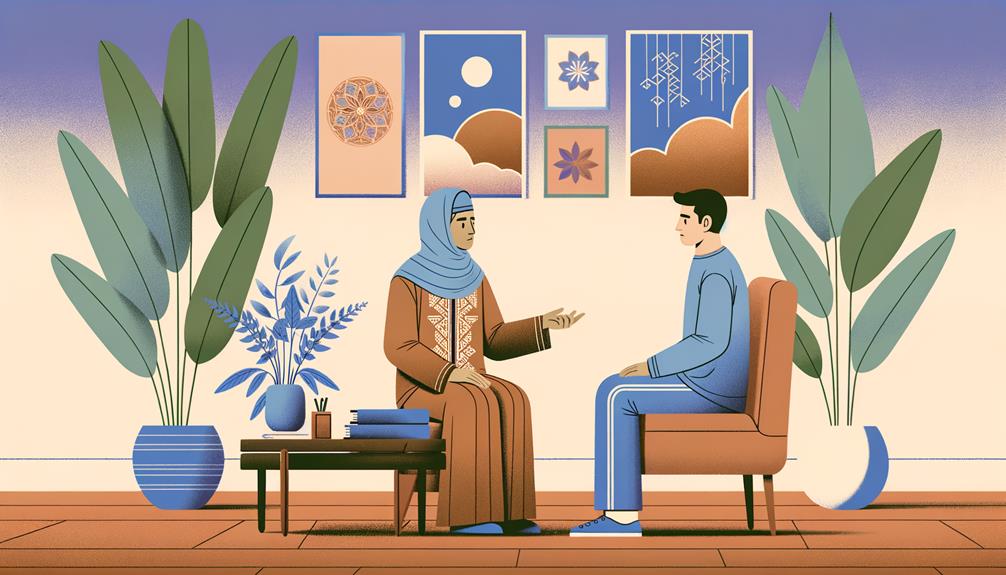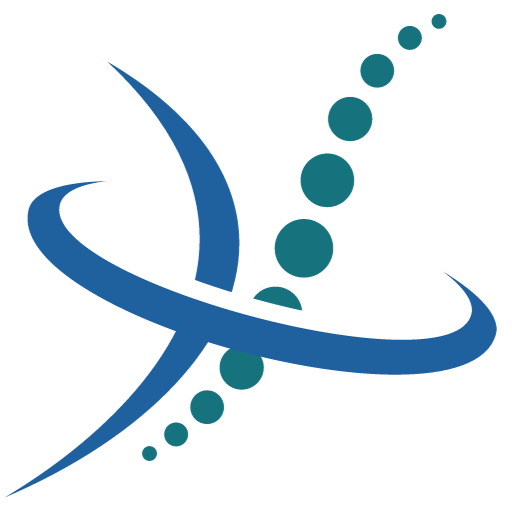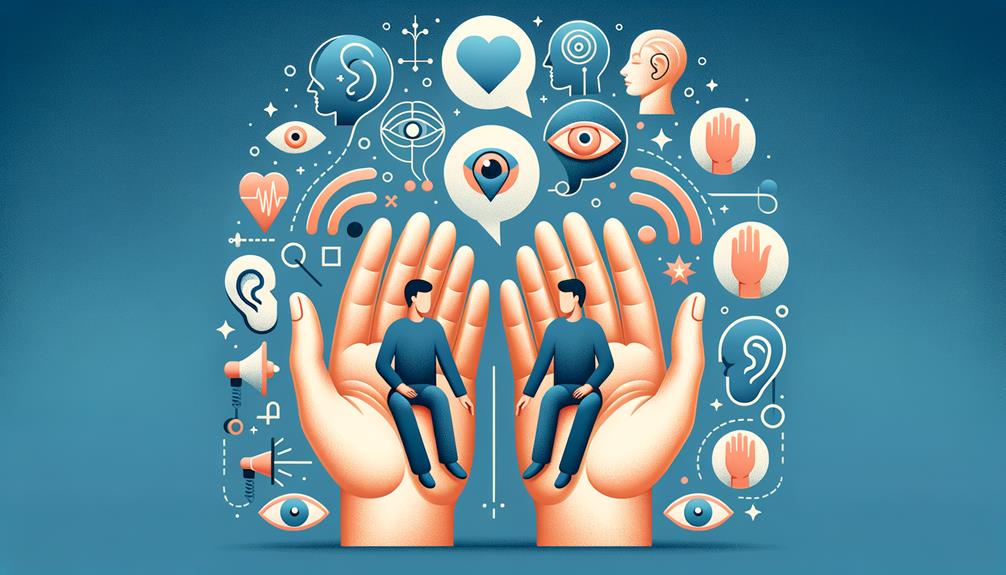As an RMT, mastering client communication can be a tough task, but well worth it. I’ve found that a fruitful therapeutic relationship is not just about our hands-on skills; it’s also about our communication skills. Active listening, customizing treatments to individual needs, and being explicit about consent and boundaries are key. Continuous learning in this area can improve our practice and boost client satisfaction. But how can we maintain this level of communication? Let’s discuss this further.
Understanding Your Client’s Needs
As massage therapists, taking the time to really get what our clients need from us is key. It’s not just about lending an ear to what they’re sharing with us. It’s about delving deeper, understanding their hopes for the therapy, and any concerns they might have. We need to know their medical history and their likes and dislikes. We’re not just therapists; we’re customizing our service to each person, aiming to improve their overall experience and results.
Having a good chat is a big part of this. It’s not just the words we use, but how we use them. Paying attention to what’s not being said can tell us a lot about what the client needs during the session. Small signs of ease or discomfort, calm or tension, can help us tweak our approach.
Building a relationship of trust is what we’re aiming for. We start this by understanding and meeting our clients’ unique needs. This is how we help them find relief – relief from discomfort, tension, and stress. It’s a challenging job, but as dedicated massage therapists, we’re all in.
Effective Intake Conversations
Let’s chat about how to have engaging and effective conversations with your clients as a registered massage therapist (RMT). That first chat with a client is super important – it’s your chance to build a connection and really get to grips with what they need. A warm welcome, making eye contact, and using their preferred name can really set the tone and make them feel comfortable.
Then, let’s talk forms. Having a clearly organized intake form, with sections for different types of information, makes the whole process smoother and ensures everything is clear and precise. Going over the intake form with the client isn’t just about repeating what they’ve already said. It’s a chance to show that you’ve understood them and gives them an opportunity to clear up any misunderstandings before the massage begins.
Now, onto communication skills. Asking targeted questions can help clients express their needs and expectations, helping you to tailor their massage experience. But don’t just talk – listen. Active listening shows your client that you truly care about their well-being. And remember, communication isn’t all about words. Your body language can convey empathy and openness, reinforcing how key good communication is in the client-RMT relationship.
Communication During the Massage
Communication throughout a massage session is crucial, but it needs to go beyond just asking “How are you feeling?” As a massage therapist, it’s my duty to be attentive to my clients, paying close attention not only to their words but also to the subtle signs their bodies give off.
Non-verbal cues often hold more insight than spoken words in the realm of massage. A clenched jaw or a stiff hand can signal discomfort, allowing me to adjust my approach. I always strive to cultivate a relaxing ambiance, from getting the room temperature just right to adjusting the music volume to suit the client’s preference, and making sure the massage table is set up comfortably.
My clients’ needs drive my practice. Asking them about how they find the pressure of the massage helps me tailor my technique to ensure they have the best experience possible. If something isn’t quite right, I make sure to address it as soon as I can, demonstrating my dedication to their comfort and satisfaction.
Ultimately, my aim is to deliver a high-standard massage that not only helps my clients unwind but also meets their therapeutic needs. Frequent, open communication throughout the massage is a fundamental part of attaining this objective.
Post-Therapy Feedback and Follow-Up
After a massage session, it’s key for me to have a heart-to-heart chat with my clients. I find it immensely useful to understand their feelings about the session. By blending their medical history with their current physical state, I can judge how well the massage worked. I ensure they’re at ease and pay close attention to what they share with me.
After the session, I make it a point to touch base with them about the good that the massage has done for them. I share some easy self-care tips that they can weave into their daily life. This not only makes them feel more involved but also motivates them to take the reins of their health. For those clients dealing with long-term conditions, I share strategies that can help them manage their health better. This shows that I genuinely care about their health and wellbeing.
Open communication and frequent check-ins help me establish stronger bonds with my clients, fostering a sense of loyalty. How I speak to them during these chats matters a lot. I strive to sound professional yet caring, letting them know that their health is my top concern. With these practices, I ensure that every client feels appreciated and understood, which makes their massage experience all the more enjoyable.
Handling Difficult Conversations

There are times when I need to have more complex conversations with clients, particularly when they’re uncertain about the pros of getting a massage. I always address their doubts right away, making it a point to maintain eye contact to better comprehend their worries.
Listening attentively is key in these situations. By expressing empathy and comprehension, I can smoothly guide us through these tough talks. Giving clear, understandable explanations is crucial in calming any doubts, especially for newcomers who might not know what’s coming.
It’s important to respect the client’s personal space and feelings during these sensitive discussions. I tackle these subjects with kindness, always mindful of their comfort and freedom of choice. It goes beyond just offering a service; it’s about building an honest and trusting relationship in our therapeutic journey.
Frequently Asked Questions
How Do You Communicate Effectively as a Massage Therapist?
As a massage therapist, communication is key. I make sure to really hear what my clients are saying, taking the time to understand their needs and concerns. I also explain step by step what I’m doing, so there are no surprises. The comfort of my clients is my top priority, and I always respect their personal boundaries. I also keep an eye out for non-verbal signs, adjusting my approach based on their reactions, to make sure they’re relaxed and satisfied with the treatment.
How Do You Communicate Effectively With Clients?
When it comes to interacting with clients, I make sure to really listen to what they’re saying, so I can fully grasp their needs. If there’s anything that’s not quite clear, I won’t hesitate to ask for more information, to make sure no misunderstandings occur. I’m also pretty flexible with my communication style, adjusting it to what the client seems most comfortable with. Say, for instance, they’re more comfortable with formal language, I’ll stick to that. But if they prefer a more casual conversation, I can easily switch to that as well.
I’m always sure to explain procedures in a simple and understandable way, to make sure the client knows exactly what’s going on. And I don’t just stop there; I’ll regularly check in with them to ensure they’re happy and satisfied with how things are going. That way, I can quickly address any potential issues, ensuring a smooth and pleasant experience for everyone involved.
Why Are Good Communication Skills Important to a Sports Massage Practitioner?
As someone who works in sports massage, being a good communicator is super important. Why, you might ask? Well, it’s all about understanding what the athlete needs from me. If I can chat with them and get a clear idea of what they’re looking for, I can tailor my approach to meet those needs. Plus, clear communication can help avoid any confusion and it goes a long way in building a sense of trust. When an athlete trusts me, they’re more likely to relax and let the therapy do its work.
How Do You Talk to a Client on a Massage?
When I’m interacting with clients during a massage session, I make sure to be crystal clear in explaining the different massage methods I’m using. I like to keep the conversation flowing – asking them about their preferences, and continuously checking if they’re comfortable. I’m always ready to adjust the pressure according to their needs. After the session, I casually chat about some self-care tips they can follow. It’s all about communicating well, because that’s what makes a massage session truly effective.



